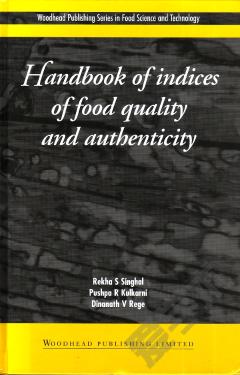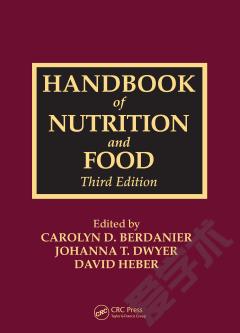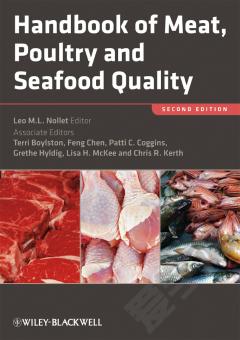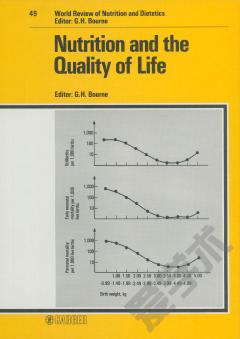Handbook of Indices of Food Quality and Authenticity
Food quality has traditionally been assessed in terms of wholesomeness, acceptability and adulteration. Yet, this traditional methodology for food analysis has increasingly proved to be inadequate. During the recent pasthowever, new analytical approaches used to assess the quality of foods have been emerging - work on chemotaxonomy has gained momentum, new molecules in the plant kingdom have been discovered, and there have been many advances in molecular biology and genetics.As well as comparing and evaluating indices used to assess quality of foods, Handbook of Indices of Food Quality and Authenticity surveys the emerging techniques and methods that are currently opening up to the analyst. The book discusses the potential of these novel approaches which are sure to help in solving the new problems the food scientist is likely to face in the future.As a detailed study of current methodologies and indicesof food quality, this book is an essential reference work for industry and an indispensable guide for the research worker, food scientist and food analyst. It will serve as a valuable tool for those analysts facing the challenge of applying known methods to unorthodox formulations anddeveloping new or improved methods for quality evaluation.
{{comment.content}}








 京公网安备 11010802027623号
京公网安备 11010802027623号